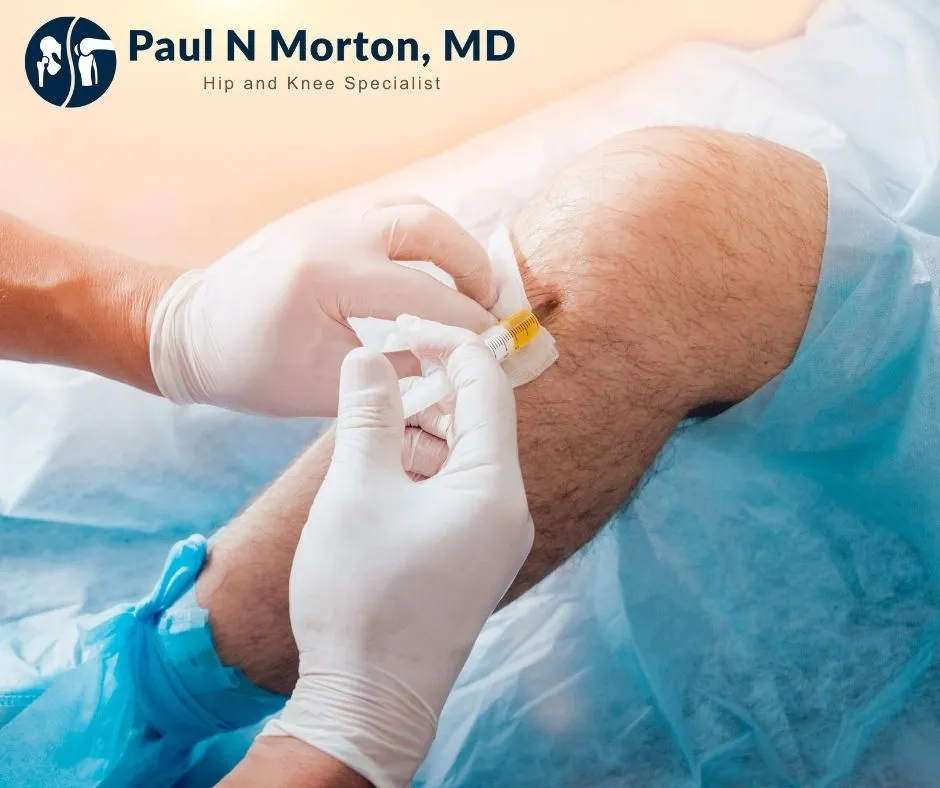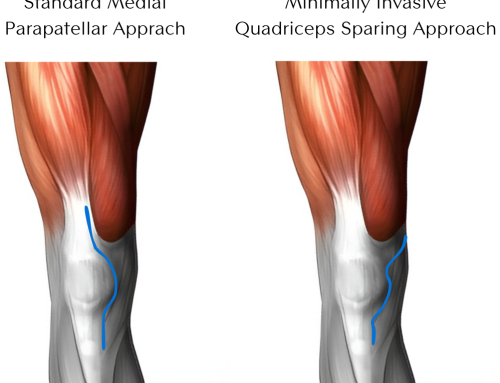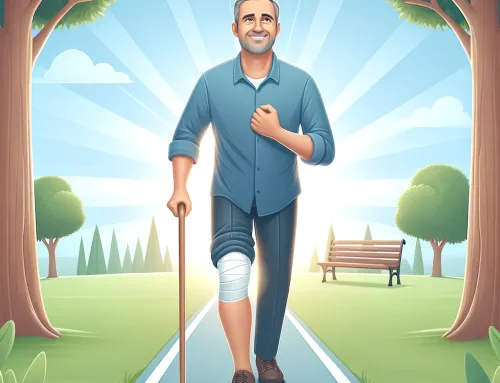PRP therapy is becoming an increasingly popular treatment for patellar tendonitis, also known as jumper’s knee. This condition is characterized by pain and inflammation in the patellar tendon, which connects the kneecap to the shinbone. Jumper’s knee is very common among active patients. PRP therapy involves injecting platelet-rich plasma into the injured area, which can help speed up healing and reduce inflammation. If you are suffering from patellar tendonitis, PRP therapy may be a good option for you. In this article, we will discuss PRP therapy in more detail and tell you what you need to know before considering this treatment.
Table of Contents
What is Patellar Tendonitis?
Patellar tendonitis is a condition that causes pain and inflammation in the patellar tendon. This tendon connects the kneecap to the shinbone and helps to extend the leg. Patients and athletes often present to the sports medicine clinic complaining of knee pain in the front of the knee. Patellar tendonitis is often caused by overuse, such as repeated jumping or running. This condition can be very painful and make it difficult to perform everyday activities.
Symptoms of patellar tendonitis include:
– Pain around the kneecap, especially when extending the leg
– Tenderness around the kneecap
– Inflammation around the kneecap
– Stiffness in the knee
If you are experiencing any of these symptoms, it is important to see a doctor so they can properly diagnose your condition.
What is Platelet Rich Plasma (PRP)Therapy?
PRP injections, also known as platelet-rich plasma therapy, is a treatment that involves injecting platelet-rich plasma into the injured area. Platelet-rich plasma is a substance that contains high levels of platelets, which are cells that help promote healing. When injected into the injured area, PRP can help speed up healing and reduce inflammation.
How Does PRP Treatment Work?
The precise mechanism by which PRP injections promote healing is not fully understood, but it is thought that the high levels of platelets and growth factors in PRP help to stimulate the growth of new tissue. Platelet rich plasma may also help reduce inflammation and promote blood flow to the injured area.
What are the Benefits of PRP Injections?
There is some evidence that PRP injection treatment can be effective for treating patellar tendonitis. Studies have shown that platelet rich plasma therapy can help speed up healing and reduce inflammation in the injured tendon. In addition, PRP injection has been found to be safe and relatively painless.
What are the Risks of PRP Therapy?
As with any medical procedure, there are some risks associated with PRP injections. These include bleeding, infection, and nerve damage. PRP injections are also not suitable for everyone, so it’s important to speak to your doctor before considering this treatment.
Who is a Good Candidate for PRP Injection?
PRP injections may be a good option for you if you are suffering from chronic patellar tendonitis and have tried other treatment options, such as rest, ice, and physical therapy, without success. PRP injections may also be an option if you are looking for a minimally invasive treatment.
How does PRP help in the treatment of Patellar Tendinopathy (Jumper’s Knee)?
PRP treatment helps in patellar tendinitis by:
– Reducing inflammation and swelling around the tendon
– Helping to promote healing of the tendon tissue
– Reducing pain and discomfort associated with the condition.
If you are considering PRP therapy for the treatment of patellar tendinopathy, be sure to speak to your sports medicine doctor to see if this treatment is right for you. PRP injection has been shown to be a safe and effective treatment for patellar tendonitis, and it may help you get back to your sports and regular activity sooner.
Dr. Morton specializes in the treatment of sports medicine injuries and often cares for patients with patellar tendonitis. If you are suffering from this condition, Dr. Morton may be a good option for you. He has years of experience in treating this condition and can help get you back to your regular activities sooner.





